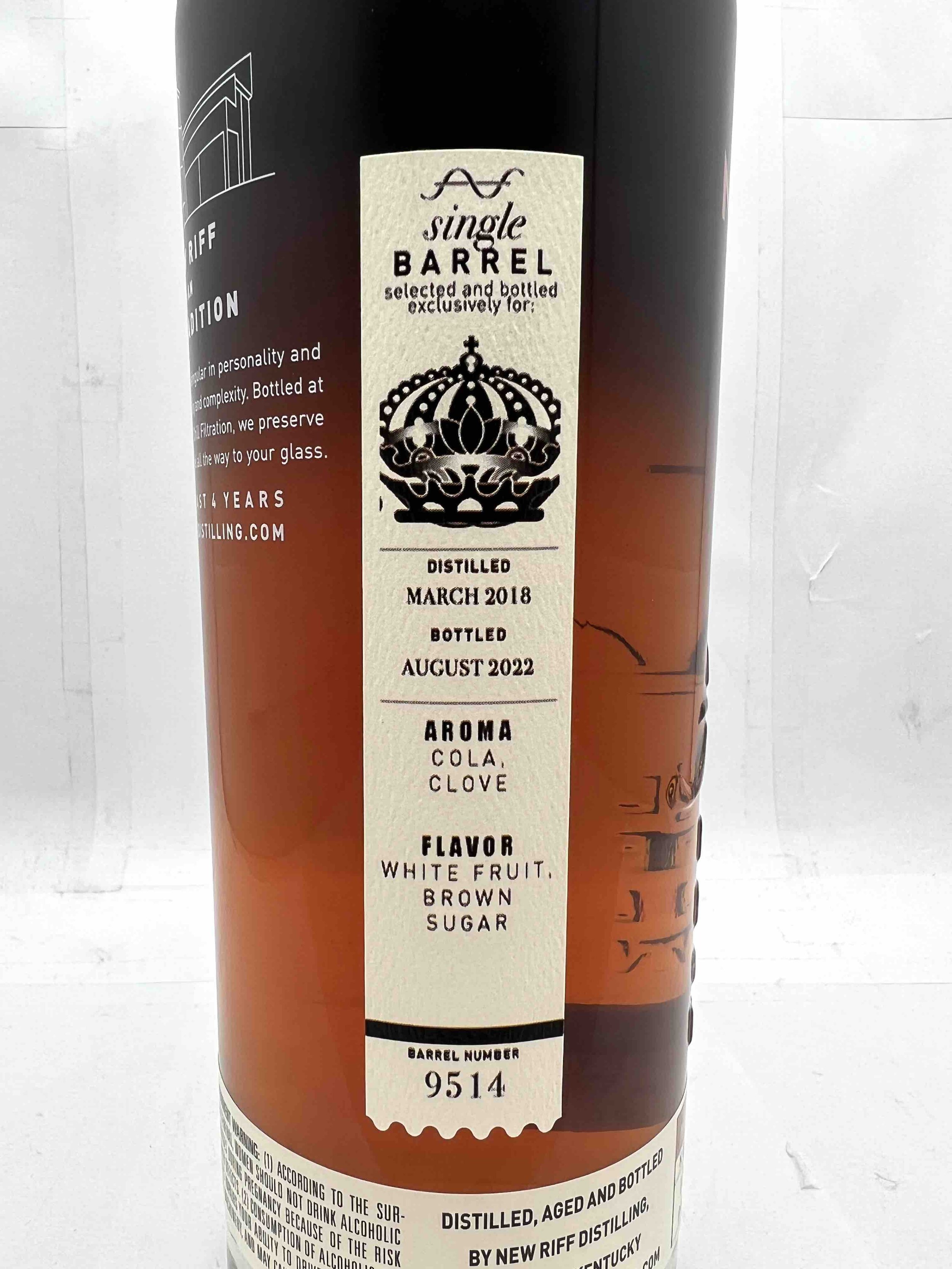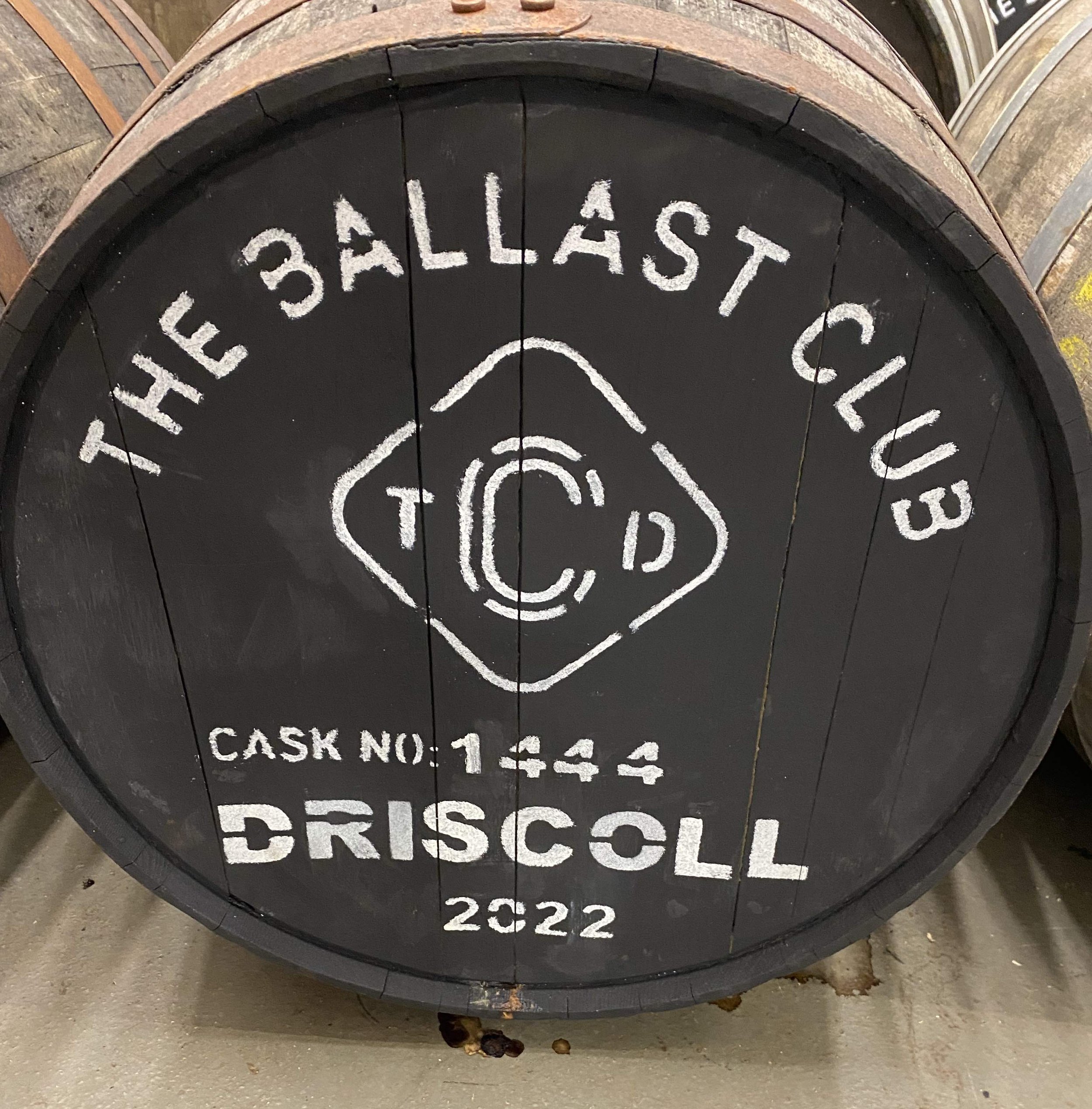As you may have noticed, we’ve added a new inventory location to our website listed under each product: Warehouse. Up until last month, Mission’s main warehouse was part of the Pasadena store and those inventories were reflected under the Pasadena location, but today we’re up and running in our new commercial warehouse space just a few miles down the road.
Because most new arrivals will arrive to the warehouse first, before being transferred to one or more of the five Mission storefront locations, we wanted to make sure online customers were able to place warehouse orders in a number of different ways, depending on their desire. If you’d like a video tutorial on how to use these new options, you can click on the video above or continue reading for a detailed breakdown.
One of the biggest limitations of our pick up and shipping options was that all the items needed to be in your location of choice in order to place an order. If the bottles were scattered between locations, or sitting in our new warehouse, there wasn’t an option to pick-up. With our new Ship-to-Store option, you can now send any available bottles to any Mission location by clicking on the store of choice under the shipway. NOTE: Ship-to-Store options are listed under the shipping tab, not the pick up tab. Simply select your Mission location of choice and check out as usual. We’ll send you an email once your bottles have been consolidated and are ready for pick-up.
For those customers who are not local and prefer to consolidate orders into easier-to-manage or less expensive shipping options, we’re also added the Hold at Warehouse option.
Yes, it’s a bit ironic that our new Ship-to-Store pick up options are listed under shipping, while our new Hold for Future Shipping option is listed under pick-up. But given the nature of how these orders are organized within our system, it’s an easier adjustment for our platform. If there’s a bottle in the warehouse you’re interested in, but you don’t want to ship it right away, then Hold at Warehouse is the option for you. NOTE: We do not currently allow for pick ups at the warehouse. This option is solely for customers who plan on shipping their bottles at a future date, or are unsure where they would like their bottles sent at the time of order.
-David Driscoll












